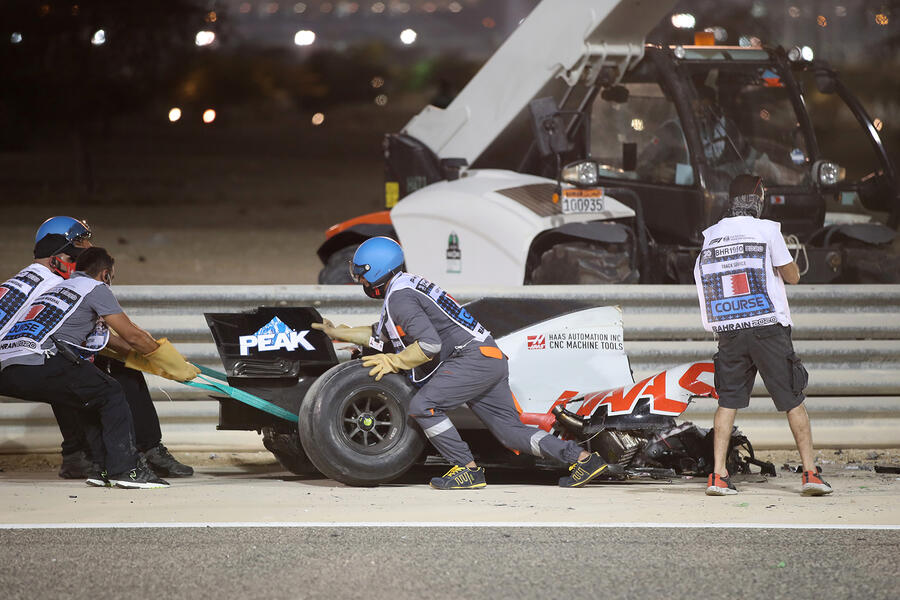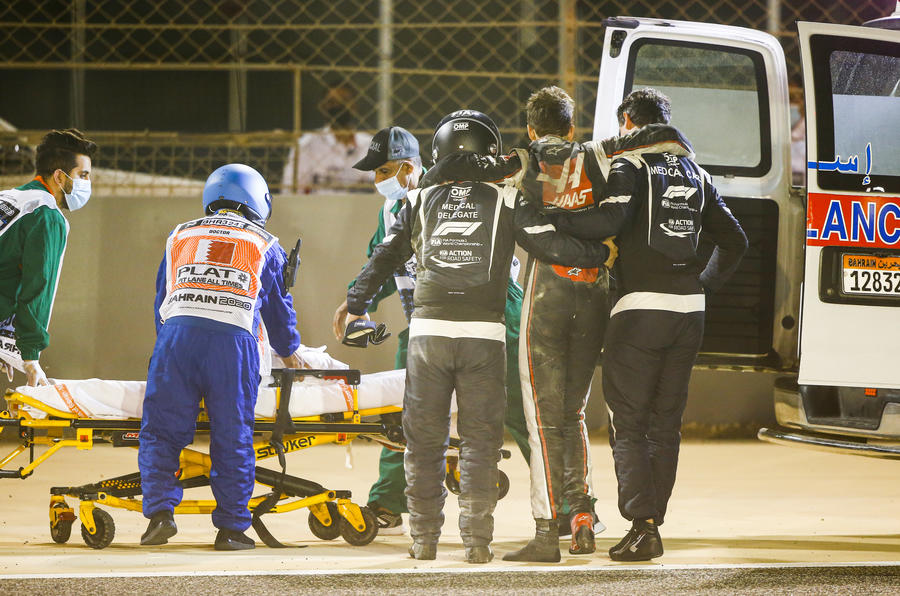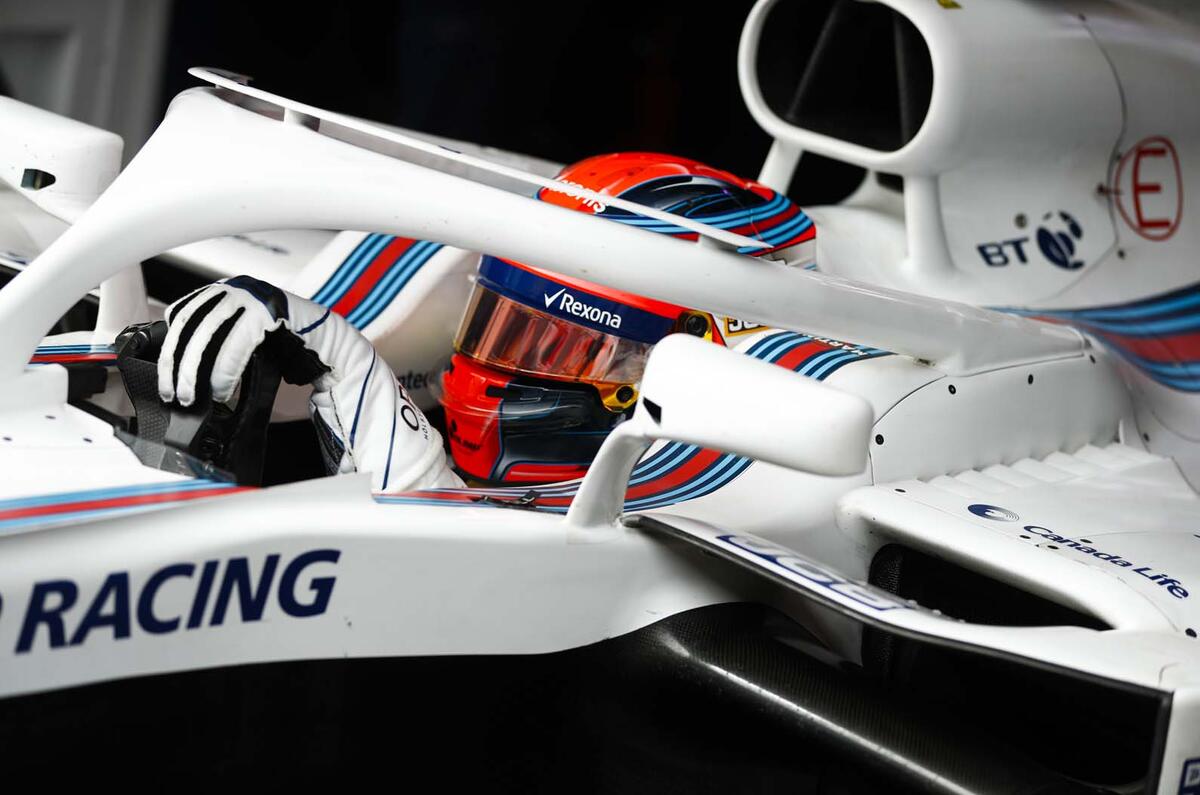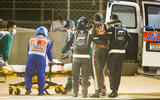Any arguments about Formula 1’s Halo device were firmly put to bed following Romain Grosjean’s fiery accident at the 2020 Bahrain Grand Prix.
Launched in the 2018, the Halo cockpit protection device initially proved controversial, with many active and past drivers speaking out against it. After Bahrain, when Grosjean’s Haas car ploughed straight through the safety barrier, splitting both it and his car in two, commentators and drivers alike are now united in their praise for the safety device. There is little doubt that we would be waking up to very different headlines today if it hadn’t been there.
Grosjean managed to extract himself from the car and was airlifted to the local Bahrain Defence Force hospital. Aside from some second-degree burns to his hands, he was otherwise unharmed. Along with the Halo, advances in medical procedures and safety equipment since the tragic events at Imola in 1994 all combined to ensure Grosjean was able to jump free of his car.

When it was launched in 2018, Autocar spoke to the people involved in creating the Halo device. The rigorous tests it went through, and the engineering behind it, are just some of the examples of the great work done by the FIA’s safety team:
To pass its structural test, the 7kg titanium Halo device has to withstand 125kN of force (equivalent to 12 tonnes in weight) from above for 5sec. Why so strong? So that it can stop a 20kg Formula 1 wheel, travelling at 140mph, from hitting a driver. Preventing such incidents has been a target of the FIA, motorsport’s governing body, since 2009, when Henry Surtees was killed in a Formula 2 race after being hit by a wheel and F1 star Felipe Massa was seriously injured after a suspension spring struck his helmet.





















Join the debate
Add your comment
Great news!
Roman Grosjean smiling and thanking people who saved him.
A great result,lets accept that everything practiced for such an event like this was done perfectly and saved Grosjean, there is no need to say more, others have put it better than me.
He had the chance to be conscious.
Otherwise...
And to have the halo and no broken leg.